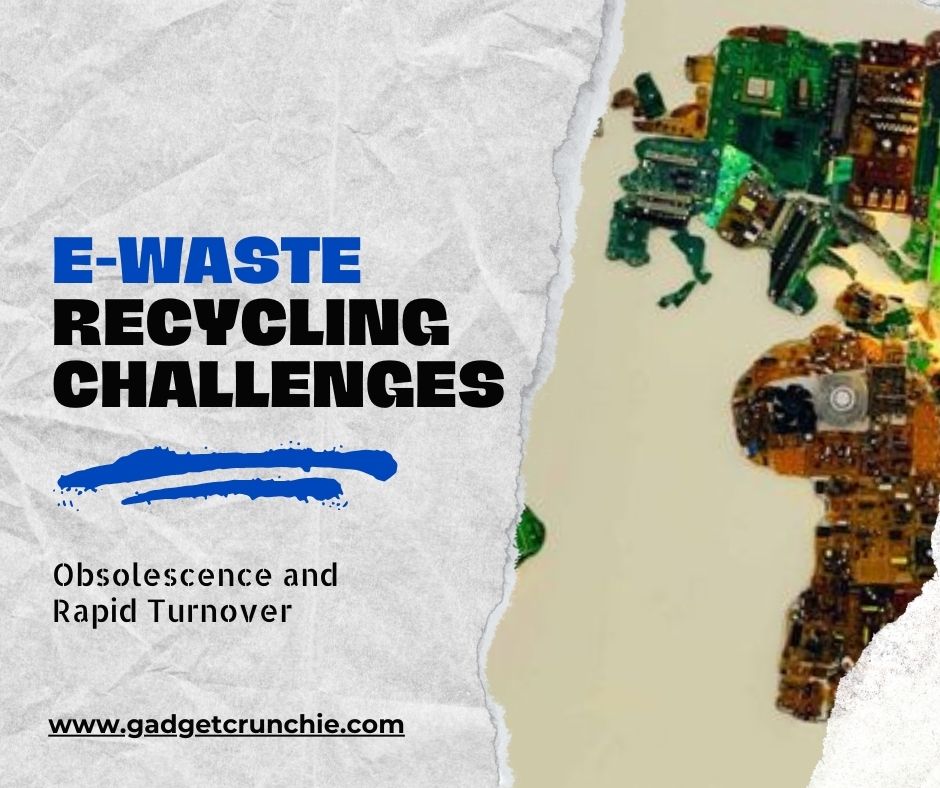The deployment of 5G technology has been hailed as a revolutionary advancement in telecommunications, promising faster speeds, lower latency, and increased connectivity. However, as the world races towards the widespread adoption of 5G networks, concerns have emerged regarding the environmental impact of this cutting-edge technology. From energy consumption and electronic waste to potential effects on wildlife and human health, the ecological implications of 5G technology are multifaceted and require careful consideration. This article delves into the various facets of the environmental impact of 5G technology, exploring challenges, solutions, and regulatory standards in pursuing a sustainable and responsible approach to its implementation.

1. Introduction to The Environmental Impact of 5G Technology
Overview of 5G Technology
5G technology is the latest buzz in the world of telecommunications, promising lightning-fast internet speeds and revolutionary advancements in connectivity.
Benefits and Applications of 5G
From enabling autonomous vehicles to powering the Internet of Things (IoT), 5G technology has the potential to transform the way we live and work.
2. Energy Consumption and Emissions
Energy Requirements of 5G Networks
The deployment of 5G networks requires a significant amount of energy, raising concerns about the sustainability of its infrastructure.
Carbon Footprint of 5G Infrastructure
The carbon footprint of 5G infrastructure is a pressing issue, as the energy-intensive nature of 5G networks contributes to greenhouse gas emissions.
3. Electronic Waste and Recycling Challenges
Obsolescence and Rapid Turnover
With the rapid evolution of technology, 5G devices are quickly becoming obsolete, leading to a surge in electronic waste.
E-Waste Management Issues
Proper disposal and recycling of 5G devices pose challenges, as electronic waste management systems struggle to keep up with the increasing volume of discarded devices.


4. Impact on Wildlife and Ecosystems
Effects of Electromagnetic Radiation
Concerns have been raised about the potential impact of electromagnetic radiation from 5G networks on wildlife and ecosystems, though research in this area is ongoing.
Habitat Disruption and Biodiversity Concerns
The deployment of 5G infrastructure can lead to habitat disruption and biodiversity loss, affecting ecosystems and wildlife populations in various ways.
5. Health Concerns and Regulatory Standards
Potential Health Risks of 5G Technology
When it comes to 5G technology, one hot topic that keeps popping up like a pesky app notification is the potential health risks. People have concerns about exposure to electromagnetic radiation, but studies so far haven’t shown any conclusive evidence of harm. So, keep calm and carry on scrolling through those cat memes on your 5G-enabled device.
International Regulations and Safety Guidelines
In the world of tech and telecom, rules are like the terms and conditions we all ignore – they’re necessary but rarely read. Luckily, international bodies like the WHO and ICNIRP set safety guidelines for electromagnetic fields to protect us from any potential risks. So, rest easy knowing that someone somewhere is looking out for you.
6. Solutions for Sustainable Implementation

Green Technologies and Energy Efficiency Measures
With great power (like 5G) comes great responsibility for the environment. That’s why implementing green technologies and energy-efficient measures in 5G infrastructure is all the rage. From solar-powered base stations to smart energy management, it’s like giving Mother Nature a virtual high-five.
Circular Economy Approaches in 5G Deployment
In the world of 5G deployment, going around in circles is a good thing. Embracing circular economy approaches means reusing, recycling, and refurbishing old tech components to reduce waste and promote sustainability. It’s like Marie Kondo-ing your tech closet for the planet’s sake.
7. Global Expansion and Policy Considerations
Challenges in Implementing 5G in Developing Countries
While 5G may be all the rage in tech-savvy cities, implementing it in developing countries comes with its own set of challenges. From limited infrastructure to financial constraints, bridging the digital divide is like trying to download a movie on dial-up – slow and frustrating. But hey, progress takes time, right?
Policy Recommendations for Addressing Environmental Impact
When it comes to 5G and the environment, policies are like the parental controls on your internet browser – they keep things in check. By implementing regulations that promote eco-friendly practices and sustainable measures in 5G deployment, we can surf the web (and our planet) without leaving a digital carbon footprint behind.
Conclusion
In conclusion, while the benefits of 5G technology are undeniable, it is crucial to acknowledge and address the environmental consequences associated with its proliferation. By implementing sustainable practices, promoting responsible e-waste management, prioritizing energy efficiency, and adhering to stringent regulatory standards, the negative impacts of 5G technology can be mitigated. As we navigate the digital landscape of the future, a conscientious approach toward balancing technological advancement with environmental stewardship is essential for creating a truly sustainable and resilient 5G ecosystem.



